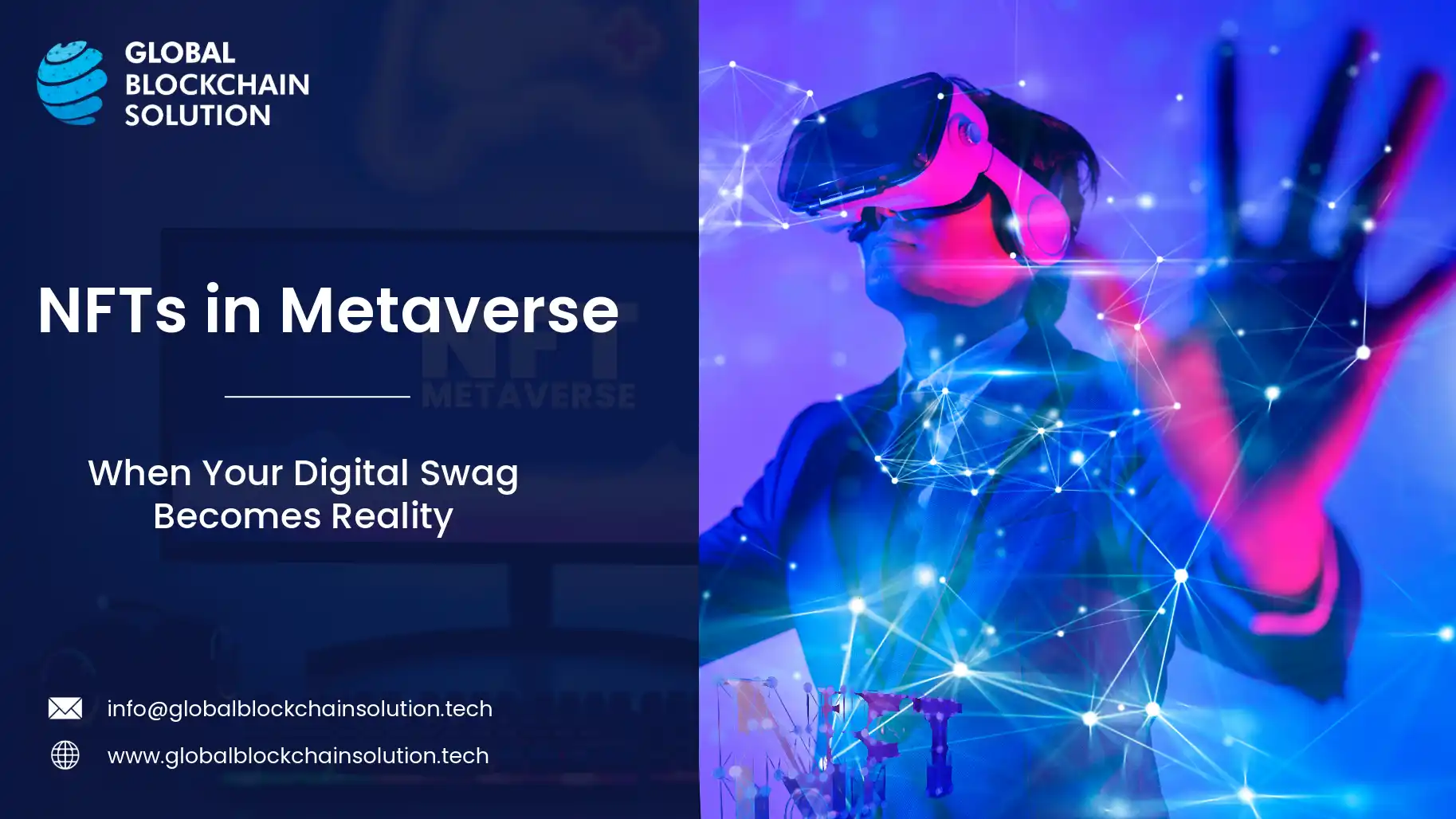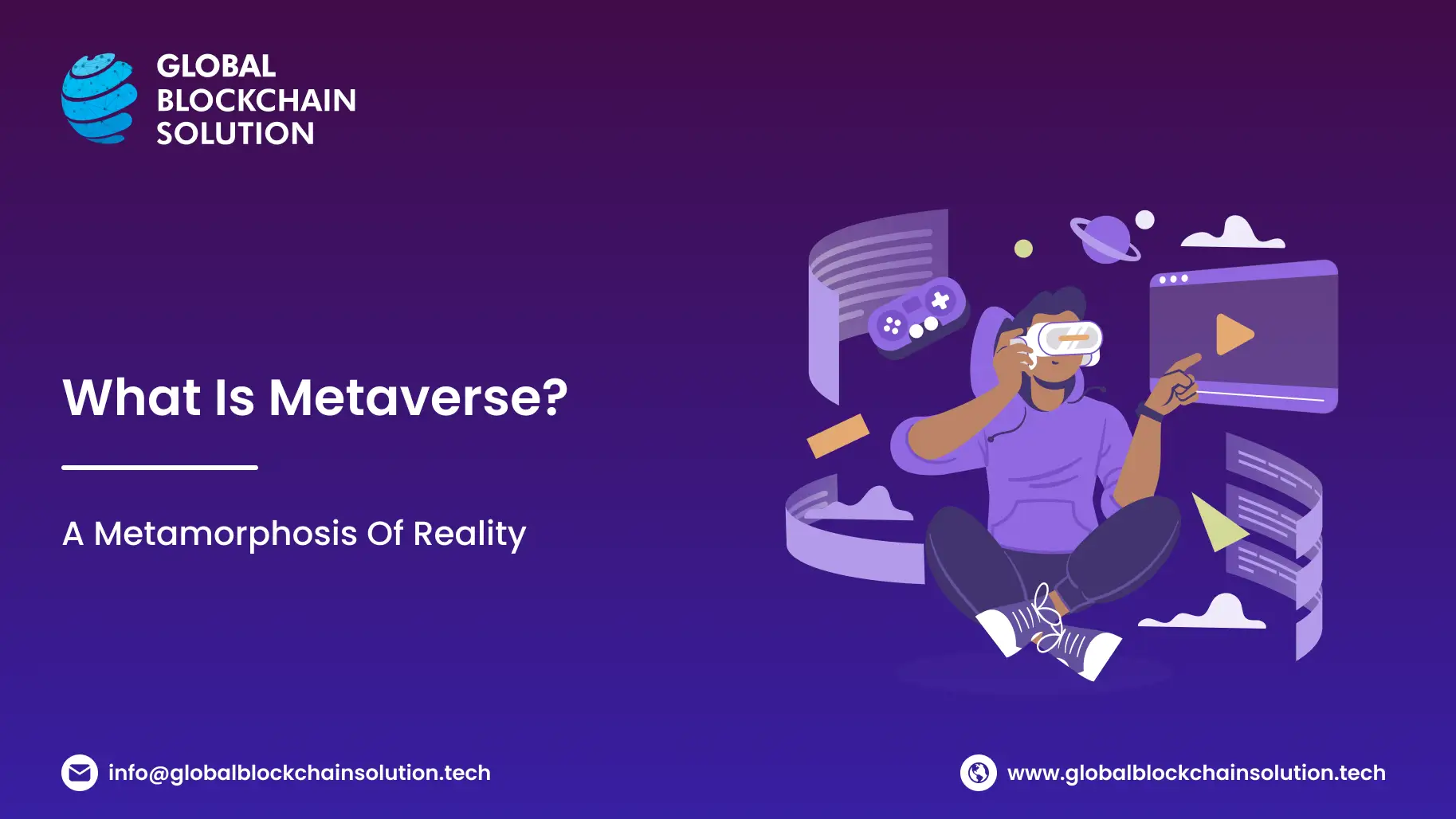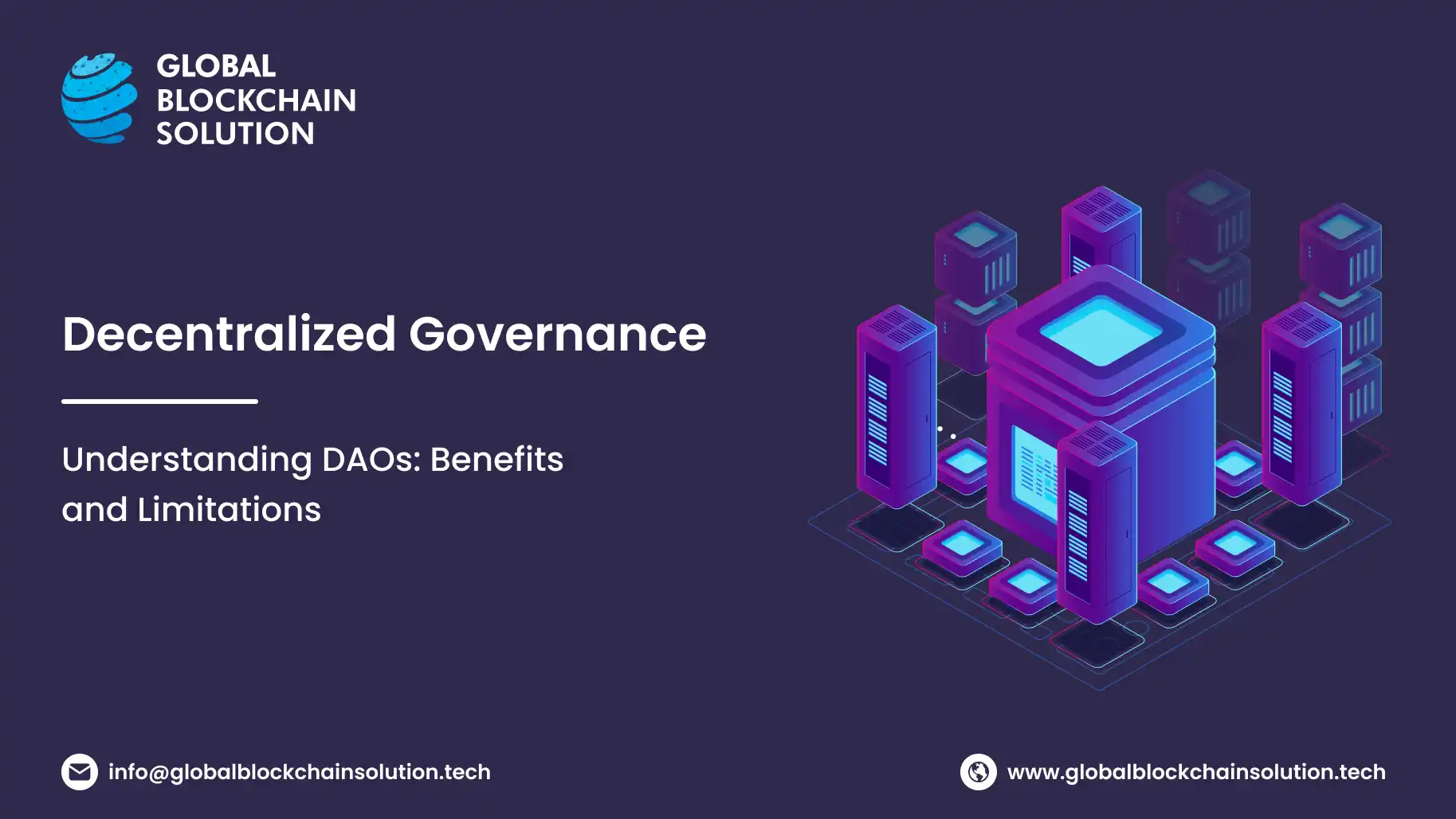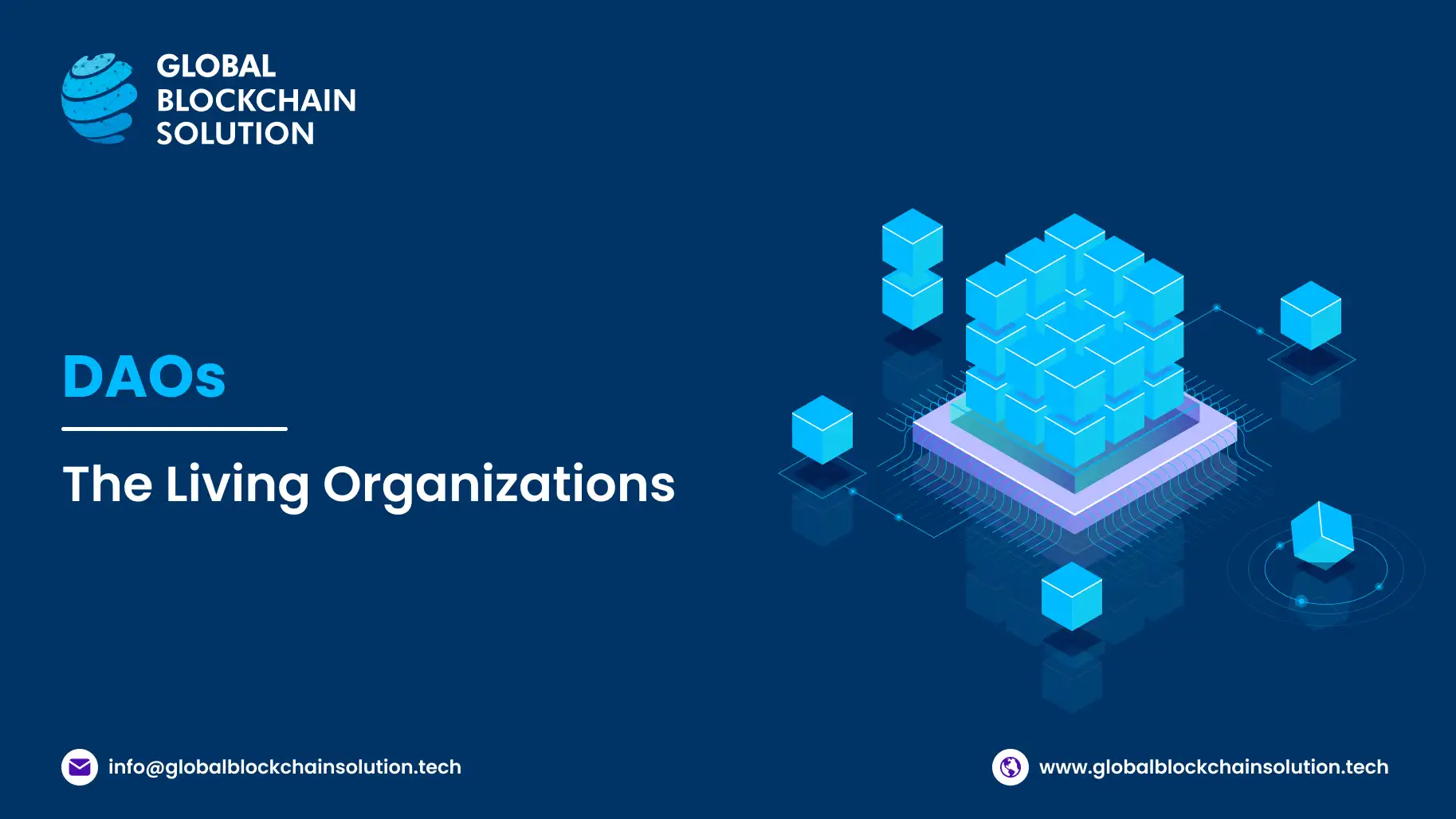Place yourself in the Matrix, where your physical body stays in the real world. At the same time, your digital self — with oodles of swag and chic wearables — explores vast virtual landscapes.
Like Neo’s iconic sunglasses and Trinity’s sleek motorcycle, such peculiar saleable items in the metaverse are called the Non-Fungible Tokens, aka NFTs. They are the key to this dual existence making your digital swag truly yours, everywhere.
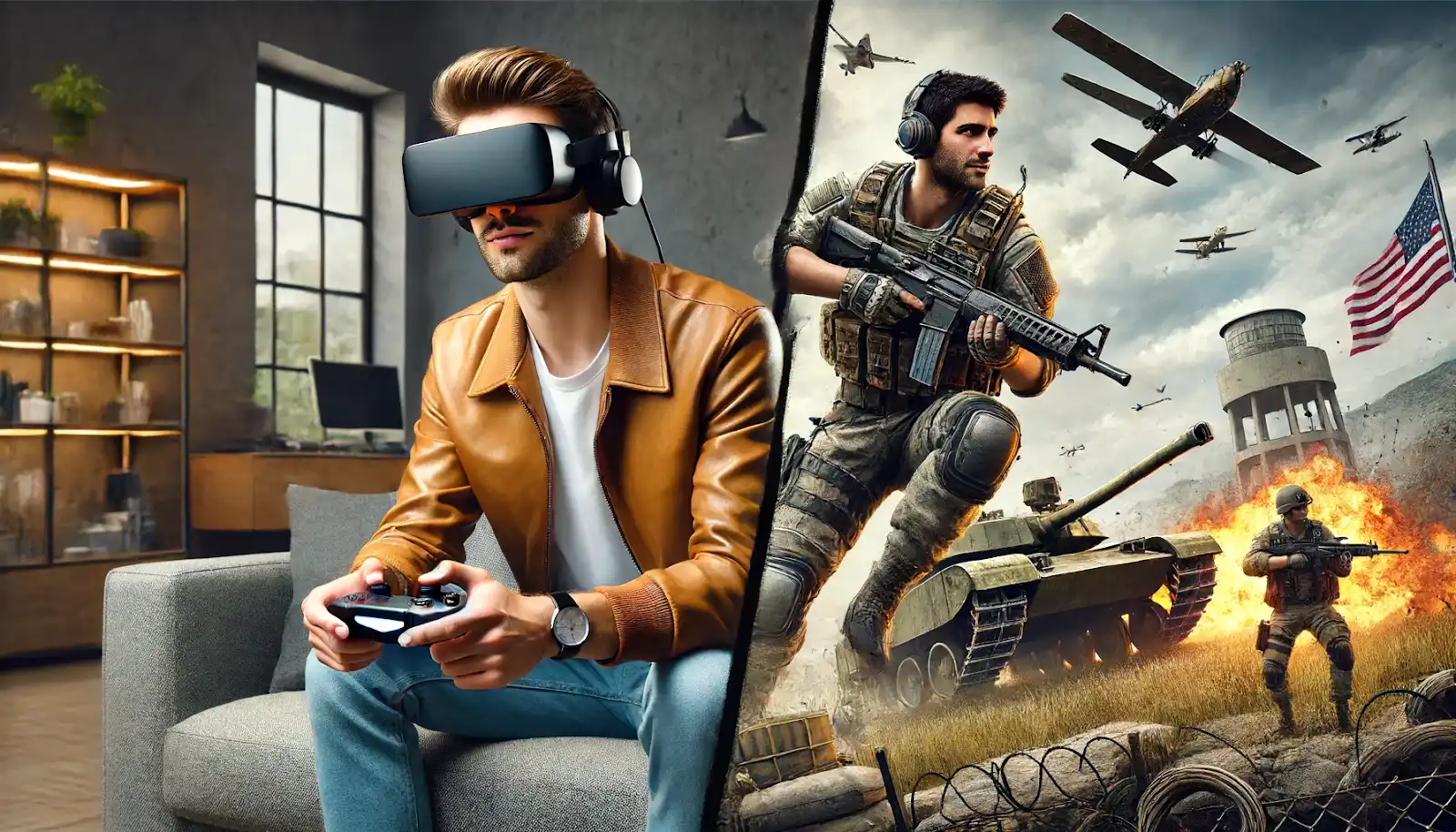
Yes! What sounds like a Christopher Nolan sci-fi is the thrilling reality of NFTs. Today, NFTs are revolutionizing the metaverse, creating an interconnected web of virtual assets that are unique and persistent. And, the plot only thickens.
Yes, today's Global Blockchain Solution blog will explore how NFTs are reshaping the metaverse, building a seamless, interconnected digital playground. We will also delve into some of the challenges that they pose and the associated risks. So, let us begin this ride with a fundamental question first.
This Article Contains:
What is a Metaverse NFT?
Simply speaking, a metaverse NFT is a unique digital item you can own in virtual worlds, like a rare collectible or special in-game object. These assets could be an exclusive necklace, a patch of virtual land, or a virtual supercar. Such NFTs have a unique digital identifier stored on a blockchain, which ensures their authenticity and ownership.
Also Read: What is an NFT? How to create one?
What unique value do NFTs bring to the Metaverse?
NFTs offer a sense of ownership and uniqueness that traditional digital assets cannot match. You can replicate a typical digital asset by simply duplicating its code. You can’t replicate an NFT this way.
Consider you have a picture on your computer. You can easily copy and send it to as many people as you want. Each copy will look like the original. But, if that picture is an NFT, things get slightly different.
An NFT, or Non-Fungible Token, is like a digital certificate of ownership for that picture. This certificate is generated based on the unique attributes of your asset, in this case, the picture. It is then hashed and stored on the blockchain. What does "hashed" mean now?
You can think of hashing like a weighing scale with extreme precision. It can detect the slightest change in a physical document based on the amount of ink used. So, while two documents may look identical, they may have barely noticeable differences that would weigh them differently.
In the context of NFTs, this weight is called the "hash", a string of alphanumeric code obtained after using an algorithm like SHA-256. This hash looks something like this: "12249aac729736c9242940c573bee03e811a777fa4da684b9f45a01213a13407".
Coming back to your picture, if there is a slight change in the document or its metadata such as "date created" or "date modified", the hash generated will be completely different.
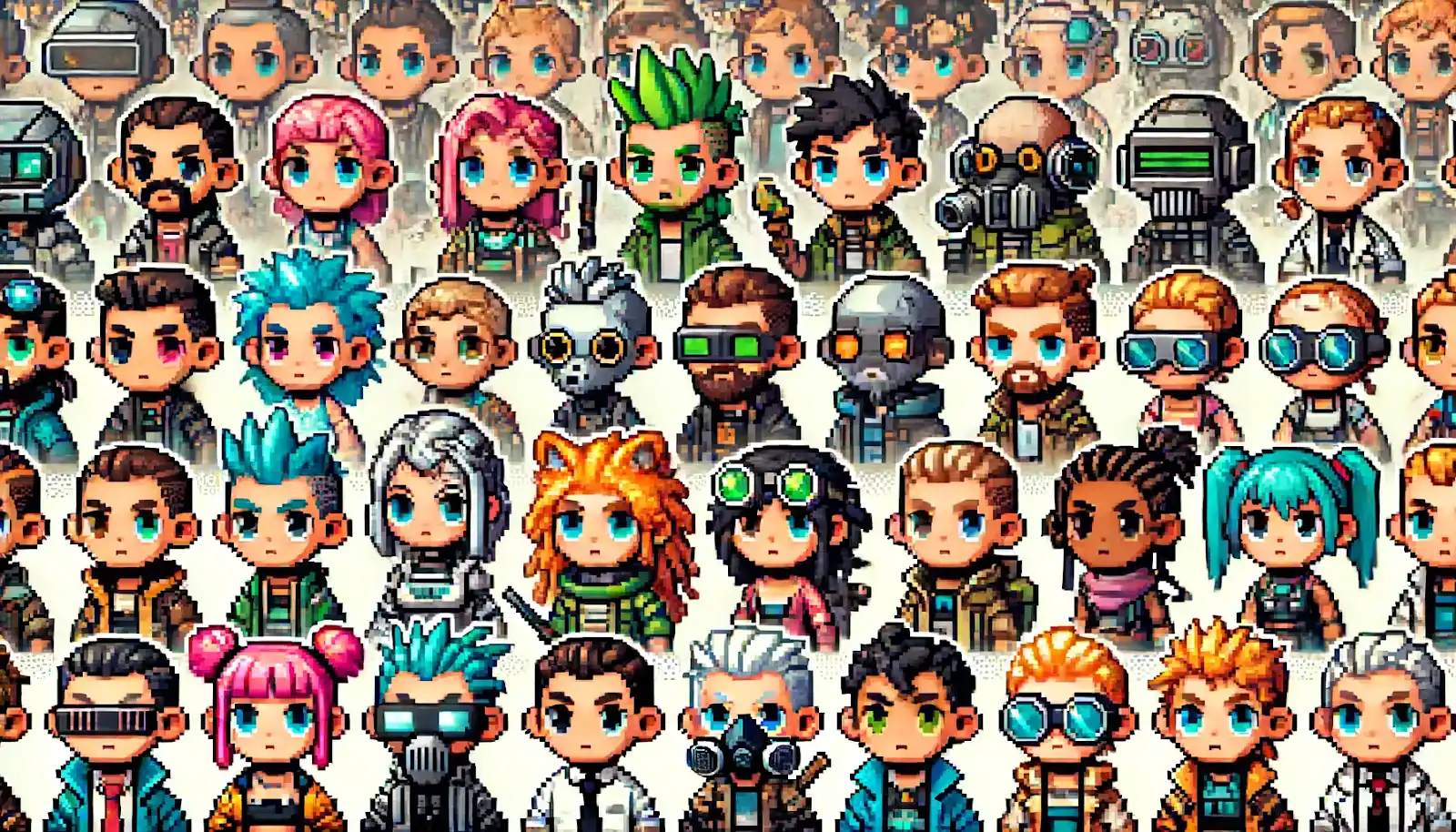
So, even if someone copies the picture, the minted NFT could be easily identified. NFTs also point to the assets they back and the wallet they belong to, creating unprecedented authenticity.
Also Read: Blockchain Vs. Traditional Databases: Making The Right Choice For Your Project
NFTs vs Traditional Digital Assets: What’s the difference?
Here are some of the differences between NFTs and traditional digital assets.
| Aspect | NFTs (Non-Fungible Tokens) | Traditional Digital Assets |
|---|---|---|
| Uniqueness | Each NFT is unique and cannot be replicated by merely copy-pasting the digital asset. Note: NFTs, though advantageous, are not a silver bullet against forgery and fraudulent practices. For instance, it is possible to mint the same asset, say a picture, twice. However, the blockchain will inform which NFT was minted first. |
Traditional digital assets can be duplicated infinitely. For example, a JPEG file can be copied and shared countless times. |
| Ownership | Ownership of NFTs is verifiable and recorded on a blockchain. The ownership of a virtual land parcel in Decentraland can be easily identified as it points to its respective wallet address. | Ownership of traditional digital assets is not easily verifiable. |
| Interoperability | In theory, NFTs can be used across multiple platforms and virtual worlds. For instance, a Ferrari NFT created via Enjin can be used in different games. Note: Universal NFT interoperability hasn’t been achieved yet. Several players are making significant headways here but it is still a work in progress. |
Traditional digital assets are usually confined to a specific platform such as an in-game item that can only be used in one specific game. |
| Scarcity | NFTs can be created in limited quantities, ensuring scarcity. For example, a fixed-supply NFT like Larva Labs’ CryptoPunks, which is a collection of 10,000 unique items. | Traditional digital assets can be reproduced endlessly. For instance, a standard MP3 file can be duplicated without limit. |
| Monetization | NFTs can be resold and traded in secondary markets like OpenSea, earning royalties for the original creator. | Traditional digital assets are typically not designed for resale or royalty earnings. An item once sold does not guarantee future income. |
| Security | NFTs are secured by blockchain technology, making them difficult to alter or counterfeit. | Traditional digital assets can be easily altered, copied, or redistributed. |
| Ownership Rights | NFTs often come with ownership rights, including the right to use, display, or resell. For example, Bored Ape Yacht Club gives complete authority to the NFT holder for the commercial use of their respective ape. | Traditional digital assets may not come with clear ownership rights and can have transfer restrictions. For instance, if you buy a song on iTunes, Apple manages the ownership and access to that song. |
| Traceability | Every transaction involving an NFT is traceable on the blockchain. You can track the history of an NFT from its creation to its current owner. | Transactions involving traditional digital assets are not easily traceable. |
How can NFTs impact the user experience in virtual worlds?
The concept of virtual worlds has long captivated our imaginations. From the sprawling landscapes of Second Life to the pixelated adventures of Minecraft, these digital spaces offer a unique blend of escapism, creativity, and community.
But what if you could truly own a piece of this virtual world, not just a character or an item, but something demonstrably unique? That’s the promise of NFTs.
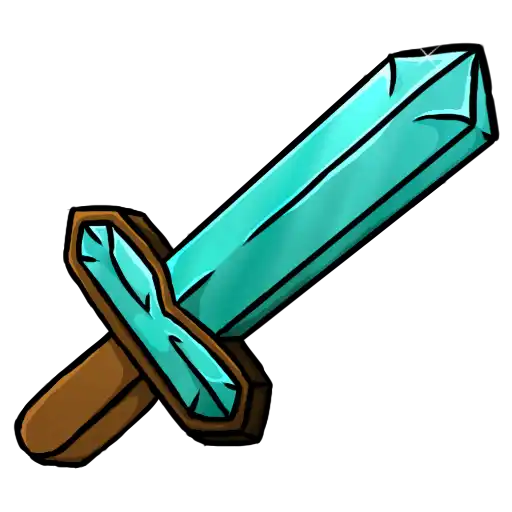
Let's delve into the transformative potential of NFTs in virtual worlds, exploring how they empower players and creators while fostering a more connected metaverse.
1. True Ownership of Digital Assets
Traditionally, virtual items within games have been more akin to mass-produced t-shirts — plentiful and indistinguishable. NFTs disrupt this paradigm by creating unique digital tokens for virtual assets, granting you a deed for your digital property.
Companies like RTFKT Studios are creating one-of-a-kind NFT sneakers in collaboration with Nike. Nike’s SWOOSH sneakers can soon feature in the future EA Sports games.
These aren't just cosmetic enhancements; some NFT sneakers grant exclusive access to virtual events or even limited-edition physical sneakers, bridging the digital and physical realms.
Just think about it: rocking a pair of one-of-a-kind NFT Jordans in The Sandbox and then heading out into the real world with a pair of limited-edition physical sneakers tied to the NFT, proving your digital ownership and blurring the lines between the two worlds.
2. Uniqueness on the Blockchain
The magic behind NFT-powered ownership lies in the underlying technology — blockchain. This secure and decentralized ledger system allows NFTs to create verifiable, one-of-a-kind representations of digital assets.
Blockchain is a vast, digital record book where every transaction and ownership change for the related assets, including NFTs, is meticulously documented and permanently stored. This ensures your NFT is demonstrably unique, not some mass-produced copy lurking on a server.
So, unlike traditional in-game items replicated endlessly by developers, NFTs leverage the power of blockchain to guarantee scarcity and authenticity. They pave the way for a future where your virtual assets hold real value, just like their physical counterparts.
3. Monetization Opportunities
The newfound power of ownership extends to digital art and collectibles. Artists like FEWOCiOUS sell their creations directly as NFTs, fetching millions of dollars in some cases. This empowers creators and disrupts traditional models where artists often see little to no profit from their work.
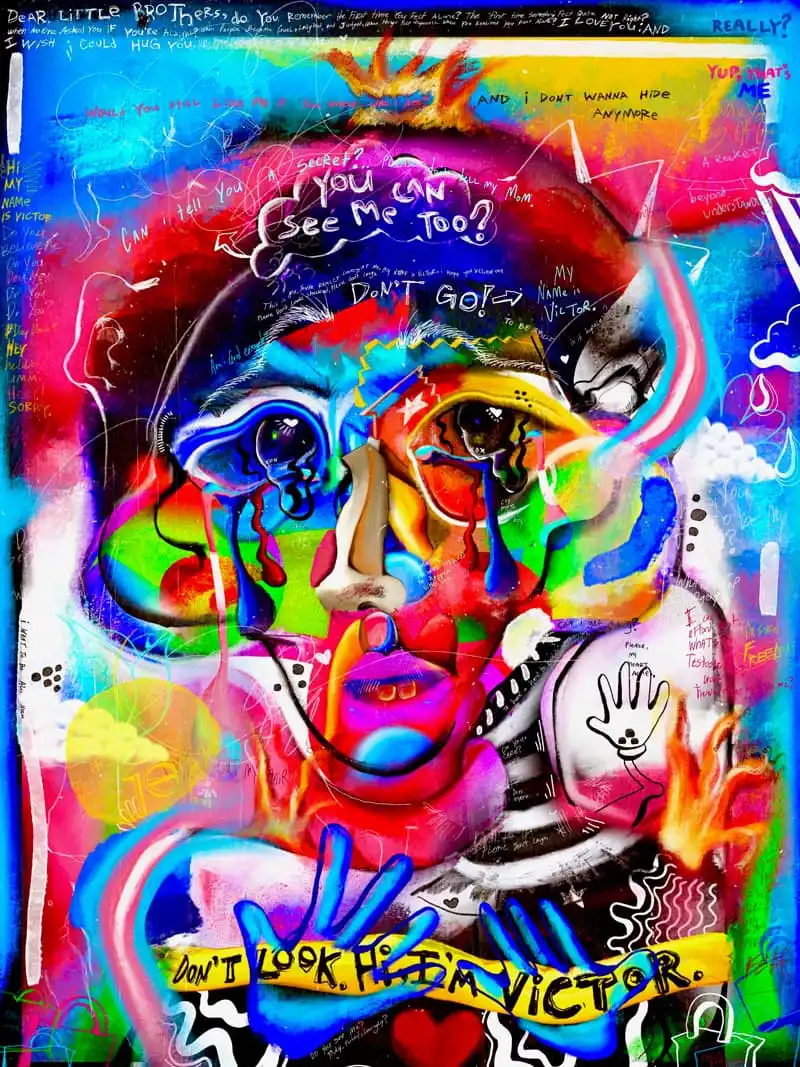
Luxury brands are also taking notice of the potential within the NFT space.
In 2021, Gucci auctioned off a virtual Dionysus bag NFT for more than its real-life equivalent, showcasing the value proposition of unique digital fashion items within the metaverse. Since then, Louis Vuitton, Burberry, Dolce & Gabbana, Prada, Givenchy and more have entered the scene.
By enabling true ownership of digital assets, NFTs are poised to fundamentally reshape virtual economies and empower both creators and collectors within these digital realms.
4. Interoperability Across Platforms
In theory, NFTs shouldn’t confine your prized virtual possessions to a single game or platform. Interoperability, a concept still under development, represents the potential for your unique digital assets (NFTs) to seamlessly travel with you across different virtual environments. This would create a more unified and personalized experience within the metaverse.
Think about it this way: the legendary sword you earned through countless battles in a fantasy RPG could accompany you on your adventures in a futuristic racing game, as long as both platforms supported NFT interoperability.
This would eliminate the feeling of starting from scratch each time you enter a new virtual world, allowing you to build a customized digital collection that transcends individual platforms.
A developing theme, NFT interoperability is progressing with protocols, like Inter-Blockchain Communication (IBC), aiming to solve this conundrum. We are still not there yet.
5. Exclusive Access to Events and Content
NFTs can also be your ticket to exclusive events and special content. Bored Ape Yacht Club members, for instance, enjoy access to exclusive parties and experiences. It is like having a VIP pass both in the virtual world and the real world.
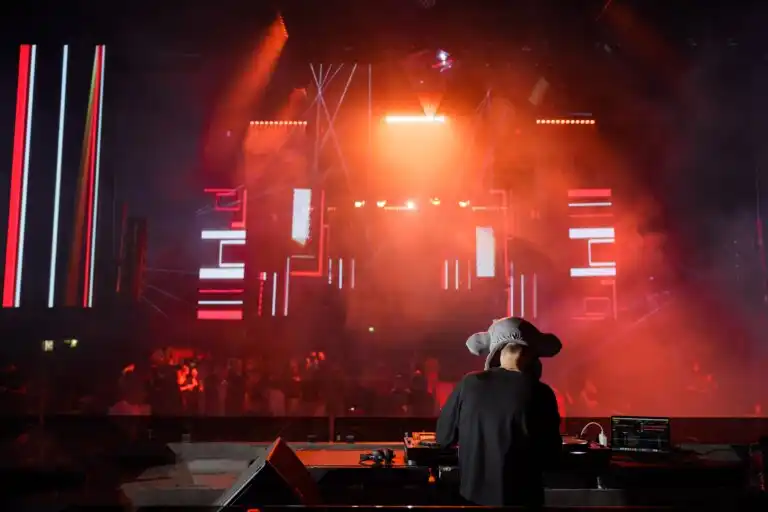
6. Community Building and Social Connections
NFTs help build communities by showcasing collections and achievements. Virtual worlds become social hubs where like-minded individuals connect. It is like joining a global club with shared interests.
7. Incentivizing Creativity and Innovation
NFTs empower creators to monetize their work directly. Digital artists, game designers, and content creators thrive on platforms like Decentraland, where user-generated content is booming with a total volume of over 363 million MANAs to date (approx. $130 million.) So, creativity is rewarded like never before.
What are the key challenges and risks associated with integrating NFTs into the Metaverse?
While NFTs offer a glimpse into a future filled with unique digital ownership and innovative economies within the metaverse, several hurdles need to be overcome for successful integration.
1. Interoperability
The current metaverse landscape resembles a walled garden, with different platforms like Decentraland and The Sandbox operating on distinct blockchains. This creates incompatibility issues, hindering the free flow of NFTs between virtual worlds.
The lack of interoperability between blockchains acts as a barrier to a truly unified metaverse experience. Yes, efforts like the Cosmos’ Inter-Blockchain Communication (IBC) protocol are underway to address this, but achieving seamless NFT portability remains a work in progress.
2. Security
The security of blockchain technology, the backbone of NFTs, is critical.
In 2022, hackers breached the Ronin Network, associated with the popular play-to-earn game Axie Infinity, and siphoned off over $625 million worth of cryptocurrency. Such incidents highlight the vulnerability of NFT assets to hacks and thefts.
Additionally, the potential for fraudulent or counterfeit NFTs raises concerns about authenticity and trust within the metaverse. Robust security measures, vigilant user awareness, and stricter regulations are essential to establish a secure environment for NFT ownership.
3. Environmental Impact
The energy consumption of some blockchain protocols used for NFTs has drawn criticism for its environmental impact. Proof-of-work (PoW) mining, an early-consensus mechanism in blockchains, requires significant computing power, leading to a high carbon footprint.
For instance, a single NFT transaction on the Ethereum blockchain can consume as much energy as an average European studio does in two years.
A sustainable future for NFTs hinges on the development and adoption of more energy-efficient blockchain solutions, like Proof-of-Stake (PoS) protocols, which significantly reduce energy consumption.
Also Read: What Is Consensus Mechanism In Blockchain? 25 Consensus Mechanisms To Choose From
4. NFT ownership: Owning a Digital Picasso, but who owns the rights?
The legal frameworks surrounding NFT ownership and intellectual property rights are still evolving. Uncertainties regarding copyright and usage rights within the metaverse could create disputes and hinder wider NFT adoption.
For example, if an artist creates an NFT artwork but grants only display rights to the buyer, can the buyer modify the artwork commercially? Clear legal definitions and regulations are necessary to establish a secure and predictable environment for ownership and exploitation of NFT-based assets.
A case in point was the lawsuit between Hermès and Mason Rothschild, where Rothschild infringed the trademark of the fashion house in "MetaBirkin" NFT Birkin bags. Rothschild argued that the NFTs were protected speech under the First Amendment, which was unanimously denied by the jury.
5. Market volatility
The NFT market has experienced significant price fluctuations, mirroring the volatility often associated with other speculative assets.
In February 2021, the average price of an NFT skyrocketed to over $4,000, before plummeting to around $100 in 2023. Some rendered 95% of the digital collectibles to be worthless.
This volatility poses a risk for users considering NFTs as investments. Establishing transparent pricing mechanisms and fostering responsible investment practices are essential for long-term market stability.
6. Mainstream Adoption
Navigating the current NFT landscape can be complex, often requiring familiarity with cryptocurrency wallets and blockchain technology. Limited accessibility could hinder the mainstream adoption of NFTs within the metaverse.
User-friendly interfaces, educational resources, and streamlined onboarding processes are crucial to broaden participation and prevent the metaverse from becoming an exclusive club for the crypto-savvy.
Efforts by platforms like OpenSea to simplify the NFT buying process are a step in the right direction.
Addressing these challenges means not just tech upgrades, but also better laws, more education, and making NFTs easier for everyone to use. As the Metaverse grows, we need to keep these issues in check to make sure everyone can enjoy the ride!
What future developments can we expect with the integration of NFTs and the Metaverse?
NFTs can help strut your virtual stuff in any game with improved interoperability. Using DeFi integration, you can also lend out your digital art for some crypto cash. User experiences will also get a boost from VR and AR tech.
Big brands like Coca-Cola, Lufthansa, Barbie, and others are jumping on the NFT bandwagon too. For instance, SWOOSH is Nike’s web3-enabled platform that allows users to collect its in-game wearables and unlocks exclusive access to physical products.
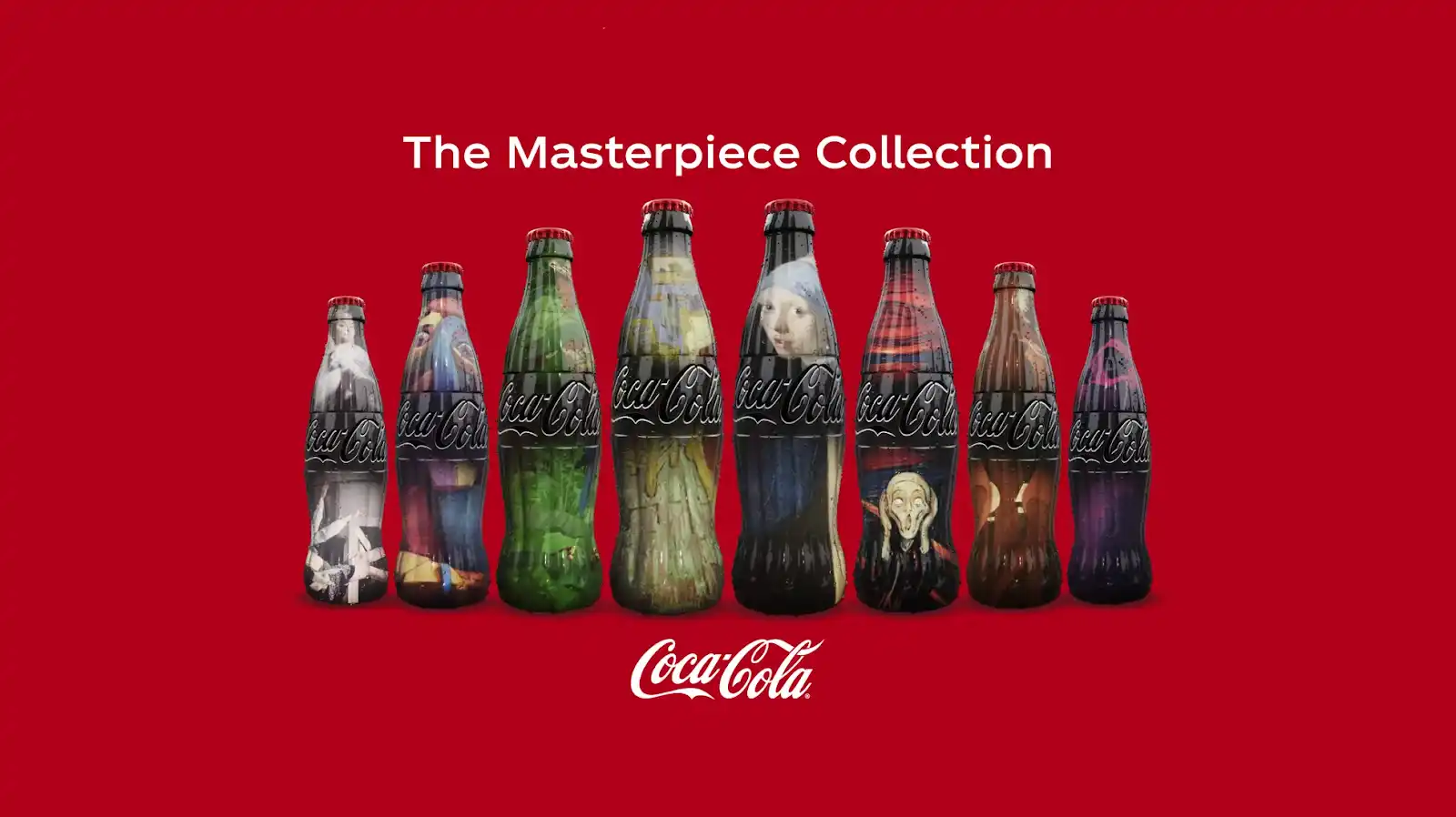
Moreover, clearer regulations will keep things legit, protecting your virtual assets and ensuring you don’t get scammed. Additionally, new security measures will make sure no one swipes your prized NFT collection.
Communities will thrive as DAOs give NFT holders a say in virtual world decisions, like voting on new features in some metaverse. Digital twins could likely bring your real-world items to the virtual realm! And, with AI integration, your virtual pets or items could evolve based on your interactions.
In short, NFTs are about to make the Metaverse more fun, vibrant, and downright mind-blowing. As the Metaverse evolves, NFTs will become even more essential to its growth and functionality. So, buckle up!
If you have questions or a metaverse project idea, hit us up! We would love to provide you with a free 15-minute consultation . Or you can contact us right away, to get all your doubts and dilemmas sorted by our blockchain experts. Your support squad is here.
FAQs
1. How Can I Purchase a Metaverse NFT?
The following flowchart visually summarizes the steps:
Get a Digital Wallet
Buy Some Cryptocurrency
Transfer ETH to Wallet
Choose an NFT Marketplace
Connect Wallet to Marketplace
Browse and Choose NFT
Buy the NFT
Confirm the Transaction
View Your NFT
Enjoy your adventure into the Metaverse!
2. How do NFTs influence social interactions and community-building in virtual environments?
NFTs can serve as social signals, showcasing your interests and status within a community. Collecting and displaying NFTs can lead to forming communities around shared interests, fostering deeper connections. This social aspect enhances the sense of belonging and interaction within virtual worlds. Additionally, NFTs are reshaping digital creativity.
3. What legal and regulatory issues arise from the use of NFTs in the Metaverse?
NFTs raise questions about intellectual property rights, fraud prevention, and consumer protection. As the Metaverse evolves, regulatory frameworks must adapt to address these issues, ensuring fair practices and safeguarding user rights. With proper regulation, NFTs can also support the monetization of user-generated content.

